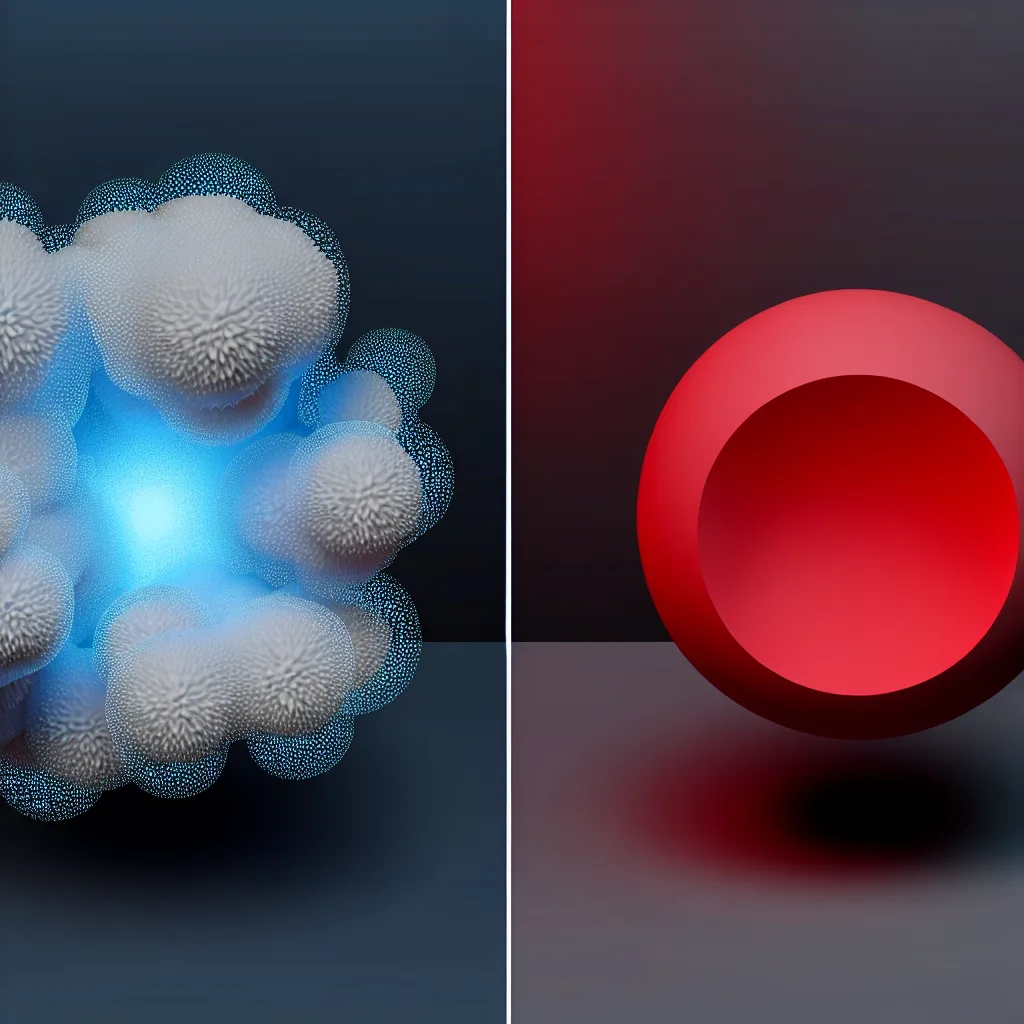A fascinating new paper on advanced 3D rendering shows how ‘scooping’ away data can make models better and lighter.
You’ve probably never thought too much about how a 3D object, like a character in a video game or a piece of furniture in an AR app, actually shows up on your screen. It’s one of those bits of digital magic we take for granted. But behind the scenes, computers are working incredibly hard to turn complex 3D data into the 2D images we see. For a while now, one of the most popular methods for doing this has been 3D Gaussian Splatting (3DGS). It’s a powerful method, but a new paper suggests there might be a much smarter way to work, making a case for a new kind of advanced 3D rendering.
Think of 3DGS as a kind of high-tech pointillism. It builds a 3D scene by layering thousands, sometimes millions, of tiny, semi-transparent blobs (called Gaussians) on top of each other. It’s fast and produces stunningly realistic images, which is why it’s become a go-to technique in fields like virtual reality and robotics.
But it has a weakness. To get that high level of detail, you need a lot of blobs. This makes the 3D models heavy, slow to load, and hungry for memory. It’s like trying to sculpt a statue out of nothing but tiny grains of sand. You can do it, but it’s not exactly efficient.
The Problem with Only Adding Blobs
The core limitation of the standard method is that it’s purely additive. You can only add blobs to build up a shape.
Imagine trying to create a donut. With an additive-only approach, you have to painstakingly place your tiny blobs in a circle, leaving a hole in the middle. You need a massive number of them to define the empty space, and the edges of the hole might still look a little fuzzy. You’re not actually creating a hole; you’re just building around it. This is where a lot of the inefficiency comes from. It’s a brute-force approach that works, but it’s not very elegant.
A New Approach to Advanced 3D Rendering: Splatting and Scooping
This is where a fascinating new paper from the CVPR 2025 conference, called “3D Student Splatting and Scooping,” comes in. It suggests two clever changes to this process.
First, it swaps out the standard Gaussian blobs for a more flexible mathematical shape (from the Student’s t-distribution, if you’re curious). These new blobs are more versatile. A single one can stretch to cover a wide, smooth area or shrink to define a sharp detail, something the old blobs struggled with. This alone means you need fewer of them to create the same object.
But the second change is the most intuitive one: the model can now subtract.
Instead of just adding blobs (“splatting”), this new method can also use “negative” blobs to remove parts (“scooping”). Let’s go back to our donut. Now, you can start with a solid disc and just scoop the middle out. Instantly, you have a perfect hole with sharp edges, created with far less effort. This idea of adding and subtracting is a much more natural, sculptural way of creating things.
What This Advanced 3D Rendering Method Means in Practice
So, what does this actually mean for you and me? The researchers tested this new method on standard 3D datasets and found that it could produce images that were just as good, or even better, than the old method, but with dramatically fewer components.
In some tests, they achieved the same quality while reducing the number of blobs by over 80%. That’s a massive improvement. An 80% reduction means smaller file sizes, which is great for anyone building large-scale 3D maps or games. It means faster load times and lower memory usage, which is critical for making AR and VR experiences feel smooth and responsive on headsets or phones. You can find more details in their paper, which is available on arXiv for pre-print research.
This isn’t just a minor tweak. It’s a fundamental shift in how we can approach building digital objects. By simply giving artists and developers the ability to take things away as well as add them, we can create richer, more detailed worlds that are also lighter and more efficient. For a field that’s always pushing the boundaries of what’s possible, you can find more context at major conferences like CVPR, where this type of foundational work is presented. It’s a simple idea, really—that sometimes, the best way to create something beautiful is to know what to take away.
